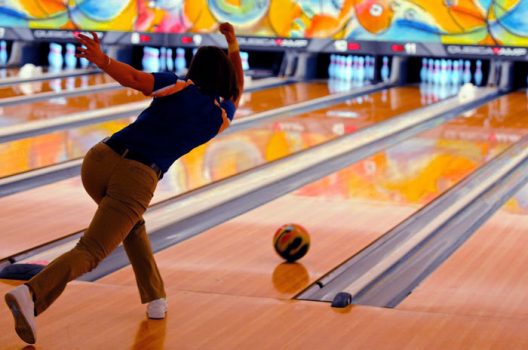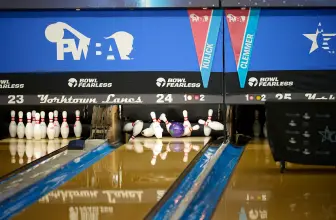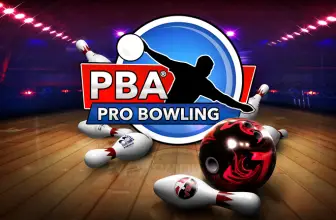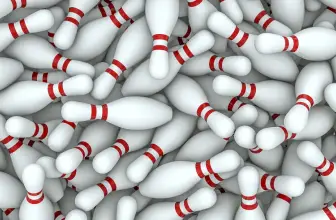What is the speed of the bowling ball? The United States Bowling Congress has conducted a study to determine the best speed for the game.
The ideal speed of a bowling ball is 16-17 miles per hour, according to the USBC study on the motions of bowling balls. This is when the ball comes in contact with the pins.
The bowling ball speed will be measured upon delivery at around 20-21 miles per hour.
The average speed of a bowling ball is about 18 miles an hour, starting from the moment it is released from the bowler to the land and ending when it impacts the pins.
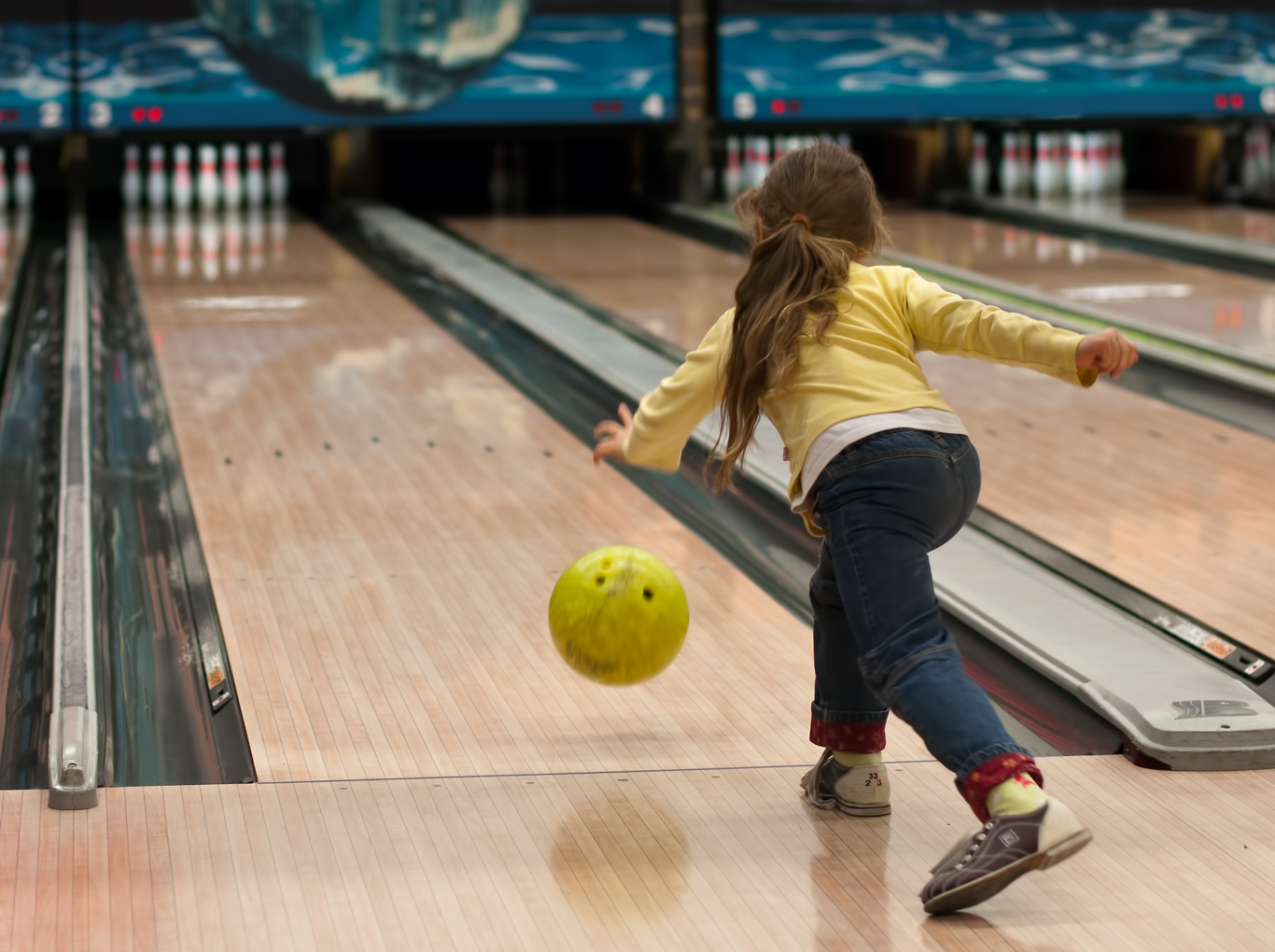
Your bowling ball’s speed can be affected by several factors, including:
- The oil used on the lanes
- Coverstock for your bowling ball
- The hooking of a bowling ball
Want to skip ahead to a particular section?
What is The Ideal Bowling Ball Speed
The speed of a bowling ball is approximately 17 miles an hour. This number will vary from person to person depending on how strong their arms swing is. It is not always the same speed across the lane. It is an average speed. You also have the option to calculate your ideal bowling ball speed. The ball’s speed increases when you release it.
The ball’s speed decreases as it travels down the lane. If you release your bowling ball at 20 mph, and it hits the pin at 16 mph, then the speed of the ball is decreasing. This will give you an ideal ball speed of 18.7 mph. You can also refer to the guidelines of USBC if you are not sure.
The USBC’s Guidelines For Best Bowling Ball Speed
The USBC has established guidelines for bowling ball speed. These numbers were derived from testing hundreds of bowls over many years. These results show that the optimal speed for a bowling ball is 21 miles an hour at the release point, and 17 miles per hour when hitting the pins. There are no differences between brands of balls. They do recommend that you choose a ball that travels slower than 21 mph to help you control your shots better.
Average Bowling Speed
Let’s take a look at the average speed of a bowling ball to get an idea of how fast it travels down the bowling lane.
Professional Bowler
Professional bowlers who play an effective game of bowling tend to throw the ball at speeds between 17 and 19 miles per hour.
Pro Bowlers will feel the ball release their hands at approximately 20 to 22 miles an hour, and it will impact pins at 17-19 miles per hour.
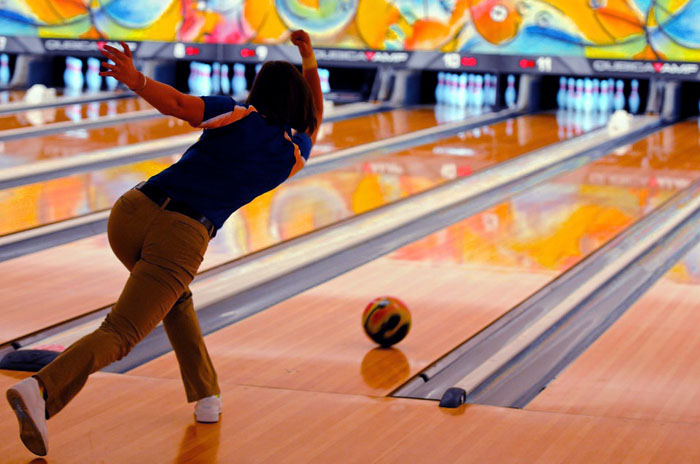
Professional bowling ball speeds are between 17 and 19 miles an hour.
The performance of the bowler will be affected by speed and can result in poor pin carrying.
Average Bowler
The average ball speed for a bowling ball is 16-17 miles per hour.
The ideal speed for a bowler playing competitively should be between 20 and 21 miles an hour when the ball is released onto land, and 16 to 17 minutes when it hits the pins.
Bowling Ball Speed Chart
A bowling ball speed table is a table or chart that allows you to measure the speed at which the ball hits the pins.
The bowing average chart gives you valuable information to help you better control your speed and determine your average velocity.

This information will allow you to optimize your game by adjusting your delivery and technique.
This chart will allow you to calculate your bowling ball speed by calculating the time between delivery and impact with the pins.
- 3.0 seconds = 13.9 MPH
- 2.9 seconds = 14.4 MPH
- 2.8 seconds = 14.9 MPH
- 2.7 seconds = 15.4 MPH
- 2.6 seconds = 16.0 MPH
- 2.5 seconds = 16.7 MPH
- 2.4 seconds = 17.4 MPH
- 2.3 seconds = 18.1 MPH
- 19.0 MPH = 2.2 Seconds
- 2.1 seconds = 19.9 MPH
- 2.0 seconds = 20.8 MPH
You can improve your technique and compete in bowling by evaluating your bowling ball speed.
This can be done easily with a stopwatch.
Although you won’t get exact readings, you will get an idea of where you are at the moment.

The average ball speed of a bowling ball is between 2.3 and 2.5 seconds.
To optimize your game, adjust your delivery technique or your bowling speed if your average is below the upper edges.
Key Factors In determining Bowling Ball Speed
Because there are many factors that influence your bowling ball speed, your speed may not always be the same. They are
1. The oil type used in the lanes
2. What amount of oil is used for each lane?
3. How heavy is the Bowling ball
4. The state of the lanes
5. The bowling ball hooks in the lane
Highest Speed Bowling Ball Speed
What is the fastest speed of a bowling ball in miles per hour
The moment of release is when the maximum speed of a bowling ball can be achieved.
Slowly, the ball’s speed will decrease as it rolls down the bowling lanes.
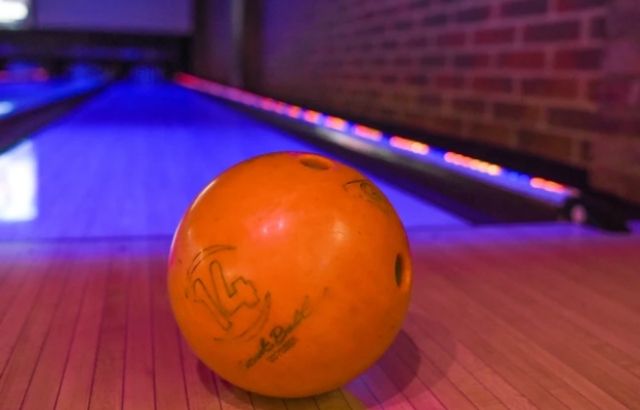
The average bowling ball speed is about 3 miles an hour from the time it’s released to the time it hits the pins.
These are some of the factors that can impact your ball speed.
- Friction in the bowling alley
- Drag is caused by excessive oil on the lane
- Type of ball
Although 25 miles per hour is the fastest speed for bowling, it doesn’t necessarily indicate that this is the best speed for playing a solid game.
The ball speed of a pro bowler is around 17-19 miles per hour when it comes in contact with the pins.
This means that Pro bowler’s ball speed was around 20 to 22 miles at the time it was released.
Do you Have to Worry About Your Bowling Ball Speeds?
You shouldn’t worry about how fast you bowl unless it hinders your natural play. It is more important to improve your swing and release skills, as well as maintain consistent ball speed than to be concerned about how fast you can get around the bowling lanes.
In terms of ball speed, higher-than-average speeds are acceptable.
There are many options for bowling ball covers and surface texture methods available today. You can match the ball to the conditions at your bowling lane.
Good bowling starts with a strong swing and release. If your technique is solid, you will be able to deliver your ball at a speed that is not too slow or fast.
How Can You Increase Your Bowling Ball Speed?
Bowlers are known for making poor throws and hitting pins poorly. Many people attempt to overwhelm the ball when the pin is in a corner or on the dry side of the lane. If you throw the ball too hard, you might lose your accuracy.
It is essential to improve your game by increasing ball speed, but it can be difficult. You should stop trying to increase your ball speed to the point that you’re unable to sustain it. This is when you need to choose the fastest speed you can maintain and keep your balance on the lanes. Professional bowlers use 85-90% power to make deliveries. This is to avoid injury.
You can hit the ball faster if you think about how high it is held. The ball will travel faster if you hold it higher than usual. People tend to hold the ball at waist level. You can speed up your game by keeping your ball at shoulder height. You can increase your speed by holding the ball at shoulder level.
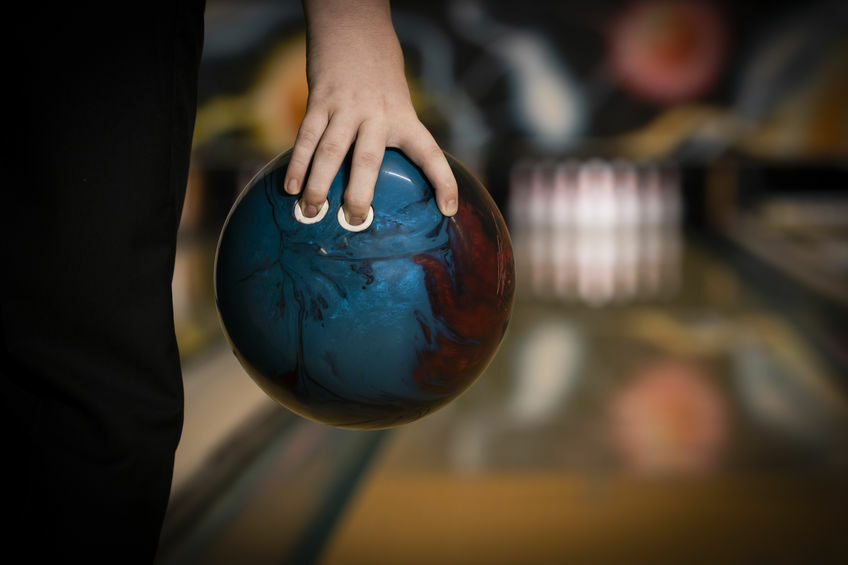
Begin your approach by moving in a slow, rolling, arc-shaped motion. Slowly extend your arm until it is fully extended. This will create more downswing and backswing momentum. Your shoulder position can be affected if your arm extends too far in the forward direction. You can swing the ball by simply keeping your shoulders in place and using your natural extension as a lever.
Allow the ball to freely swing to the top of your backswing, and then to your forward swing. To maintain a good pace, your feet should be moving along with your swing as you speed up.
Tension in the arm and legs can cause a loss of ball speed. You must maintain a tension-free arm swing motion during the entire release position to increase ball speed and deliver consistent bowling balls.
How do You Control Your Bowling Speed?
To determine how far a ball can skid, it is important to control the ball’s speed. These tips may have been familiar to you, but they are still useful.
As you approach the foul line, your walking speed must be constant.
You should keep the ball in your hands when you release it.
A few other factors could improve your game. Reduce tension in the shoulder, neck, or bowling arm.
Keep your hand steady when you bowl and decrease finger rotation when you release the ball.
Lane Conditions and Rev Rates as They Relate to Bowling Ball Speed
When considering ball speed, there are two important things you need to remember: lane conditions and rev rate. You will need to adjust your entry angle to ensure a faster ball.
A ball that is too fast for lighter oily lanes may not be able to stay on the lane, which could cause it to lose the pocket. You should slow down your ball if you are playing on a particularly dry lane. Pocketing balls that don’t skid too much and miss the pocket will be easier.
The most important thing in determining the speed at which a bowler can move down the lane is the lane conditions. You will get more strikes if you can roll your ball faster. Try rolling at higher speeds until your setup works. Depending on the type of lanes that you use, you might also consider different types of balls.
Bowling Ball Speeds F.A.Q.
- Does ball speed matter in bowling?
The release speed of most Pro Bowlers is 20-22mph at the point. Pins will be impacted at 17-18 mph. Pro Bowlers who deliver the ball faster than this range is at risk of losing their optimum pin carry. This is also true if the ball speeds are less than 16 mph when it hits the pins.
- Should I use a 15 or 16 pound bowling ball?
Pro shop owners and pros today prefer 15-pound equipment. Modern-day equipment is lighter and more powerful, which allows for increased carry.
